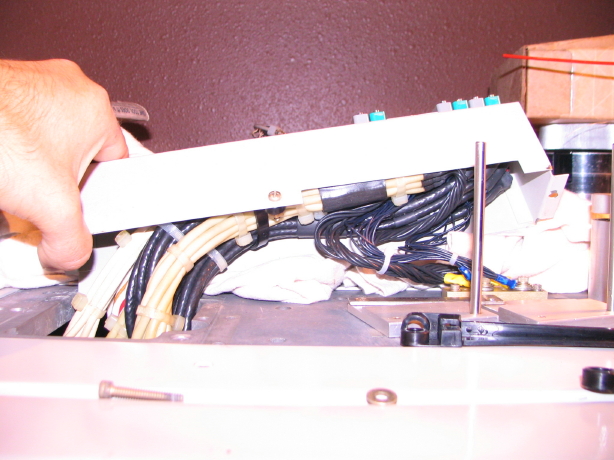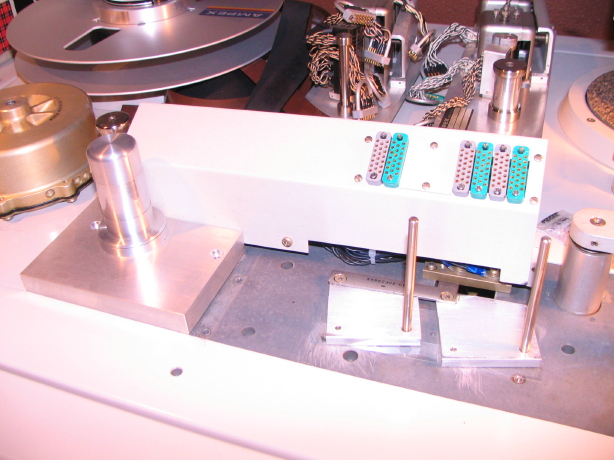jpmorris
Tape Wolf
Am I right in thinking that those resistors are adjusted by moving the little clips along them? If so, that seems incredibly... 1930s.


 Absolutely f__king awesome !!
Absolutely f__king awesome !!
Am I right in thinking that those resistors are adjusted by moving the little clips along them? If so, that seems incredibly... 1930s.
Thanks for the comments, guys!
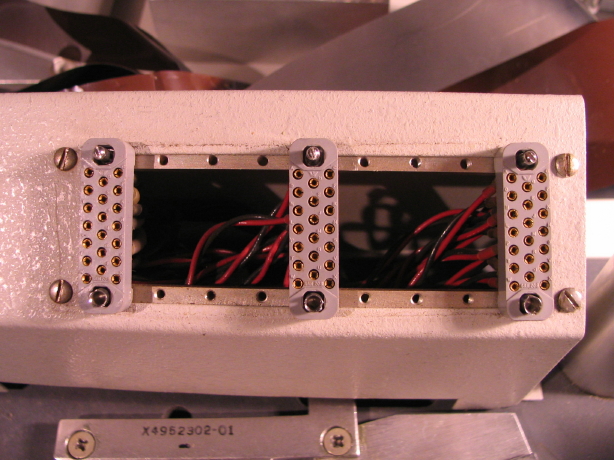
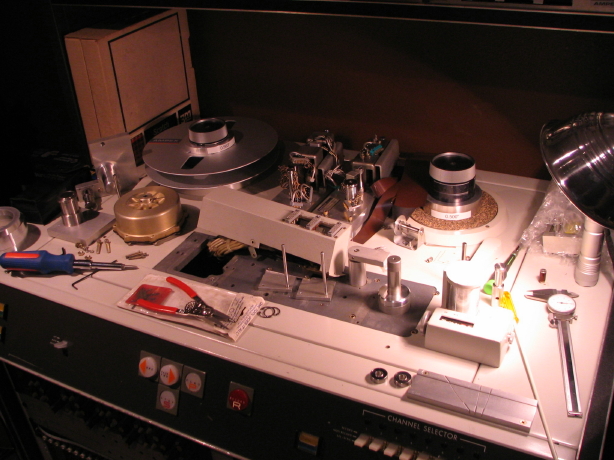
Are you saying you have to hit record/play even after the transport is moving? Because you generally would start rolling a bit before the spot you wanted to punch in. I know on my Teac 2340 (same thing, right?!), you would press record when you started rolling, then switch the source and arm the track at the spot you wanted to punch in.

Non-auto-input switching MM-1000 requires TWO hands to punch (assuming you are punching on a single track...more tracks = more hands): one hand to switch the source from tape to input while the other hand holds record an presses play at the same time. Again, whether the transport is stopped or moving in play mode, record has to be held and play tapped to enter record mode. Conversely you can have the transport in record mode with no tracks armed, and then you can arm track or tracks but they won't enter record mode until you again press record and tap play.
What serial number is yours, out of interest?
Not that this would be very likely, but what happens if you're recording on one track already, then go to punch in on another track? Am I correct in assuming that you have to press record and tap play again to get that second track into record?
Whatever the case, that sure is weird. Intuitively, wouldn't you think that once you were in record mode you could switch tracks in and out of record at will, without having to press the record button (and play) again? I guess this was all somewhat new at the time...
Those toggles are a bit cumbersome in this way just because of the length of the throw.


Features that facilitated easier punches were developed because of production demand. I'm talking about stuff like locate points, auto-rehearse, auto-punch and all the automatic switching that goes along with it...more tracks...more, more, more. Yes OF COURSE these are all tools that are VERY beneficial to the home recordist particularly the solo artist/engineer. I'm just pointing out that, by in large, if you trace the origin of such a feature you'll find it was developed for the professional studio market...time is money.

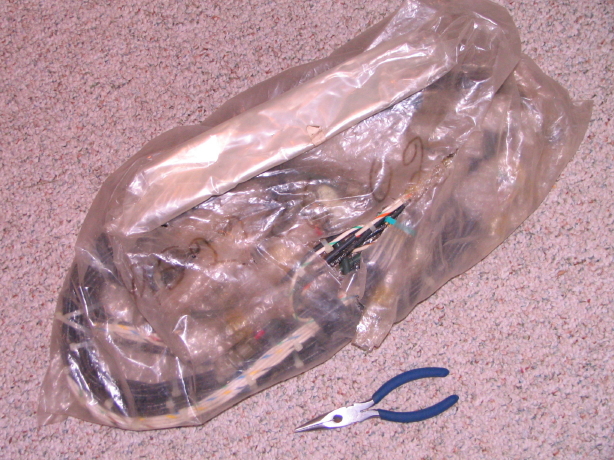
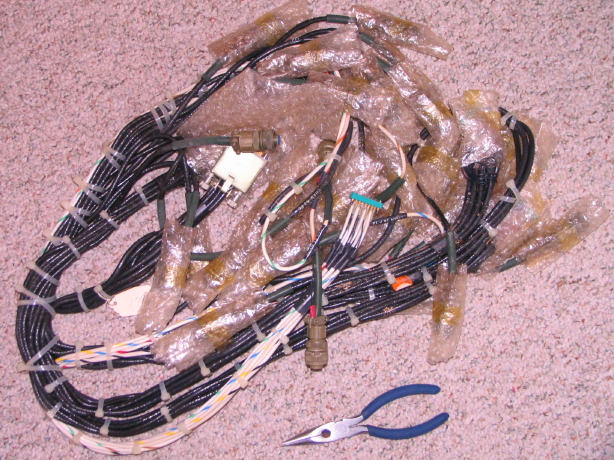
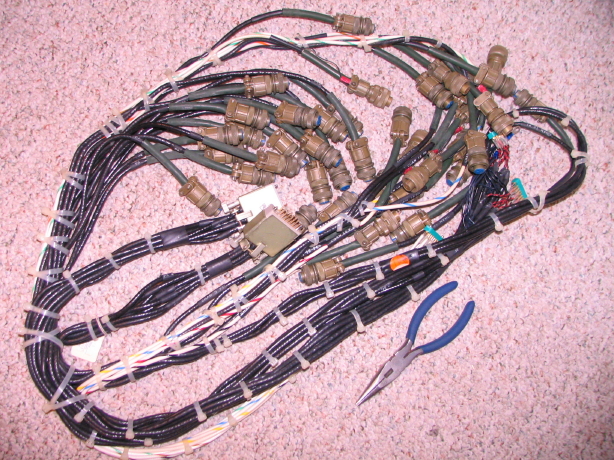
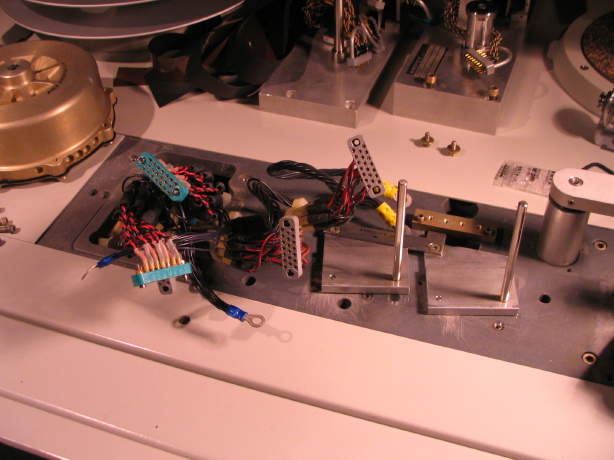
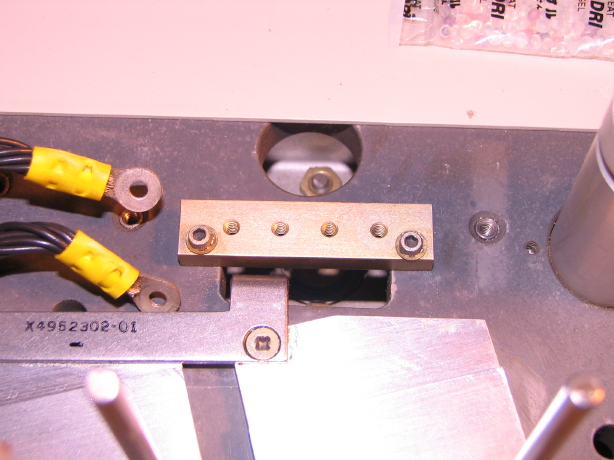
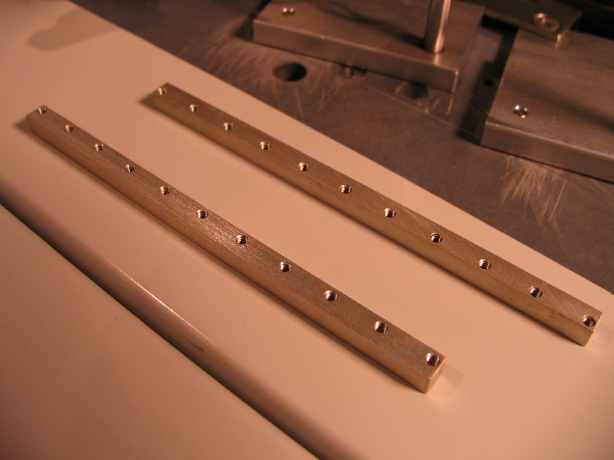
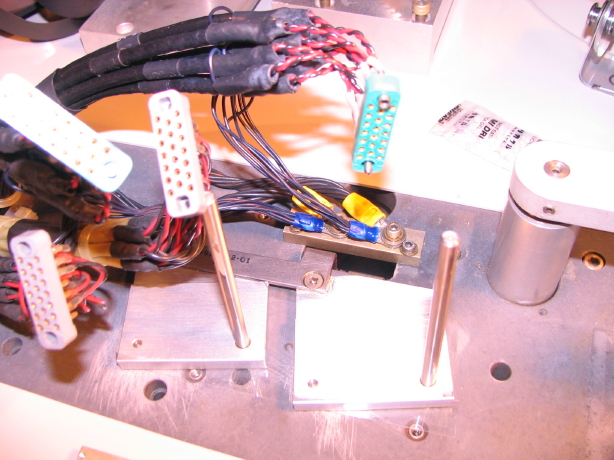
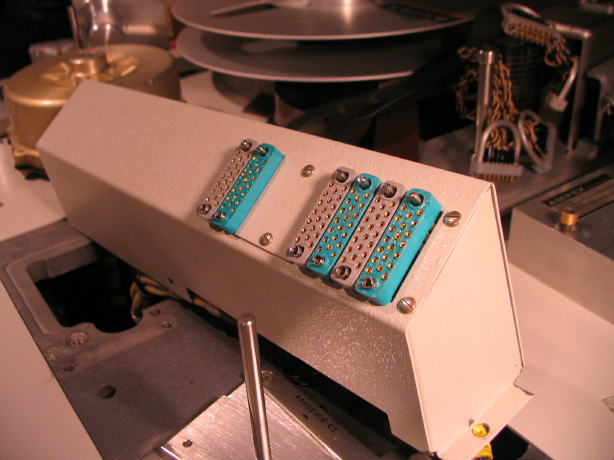

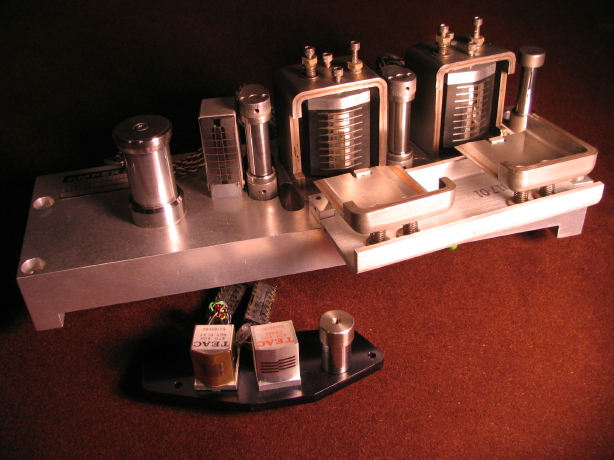



Looking GREAT, Cory! Man oh man are you nuts (and I say that in the best possible way)


I have NO idea how they crammed 24 tracks of cabling under that metal housing. I'm not kidding...I hope I don't ever have to pull that apart...the cabling for 16 tracks alone is stuffed in there...

